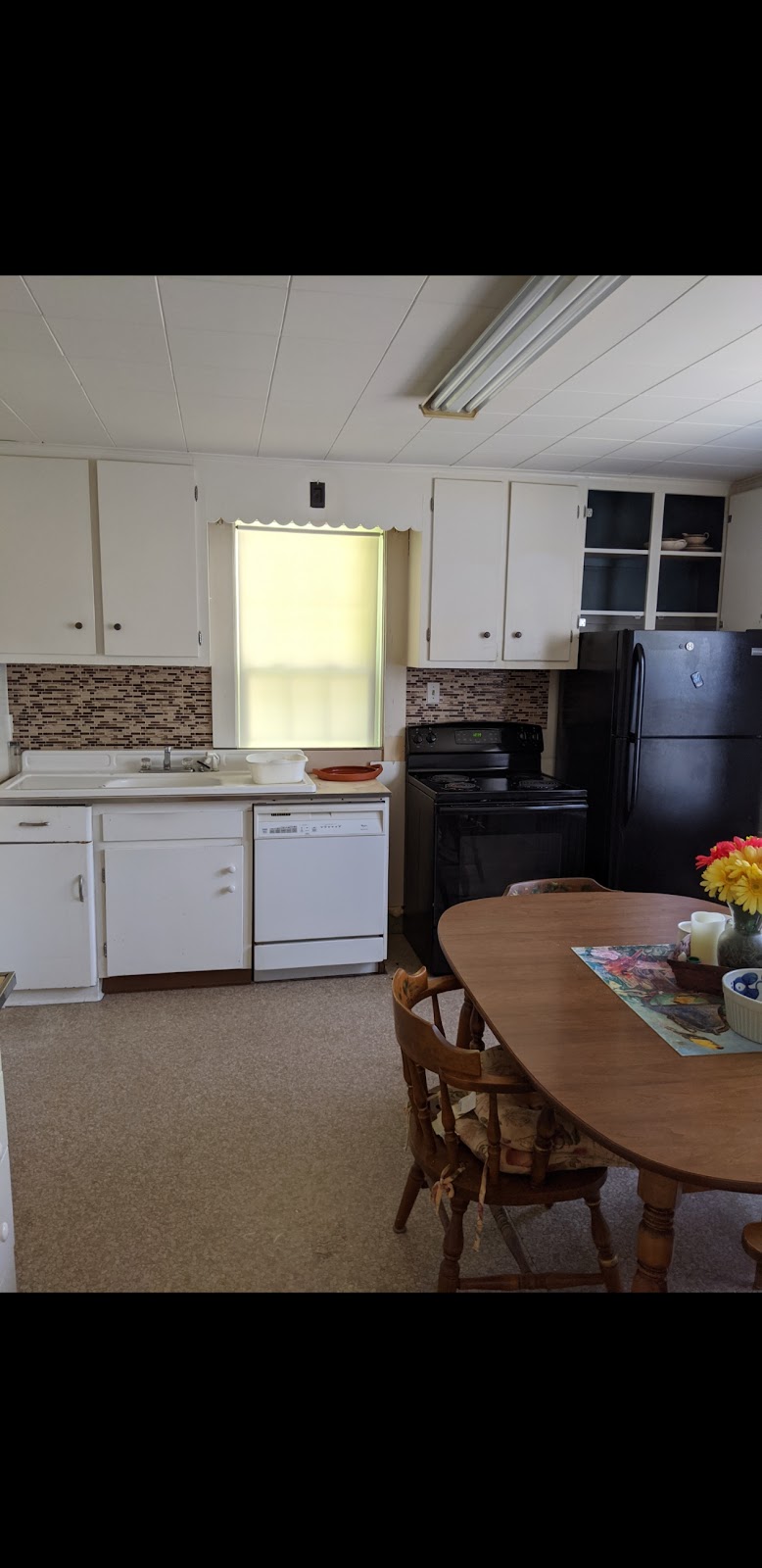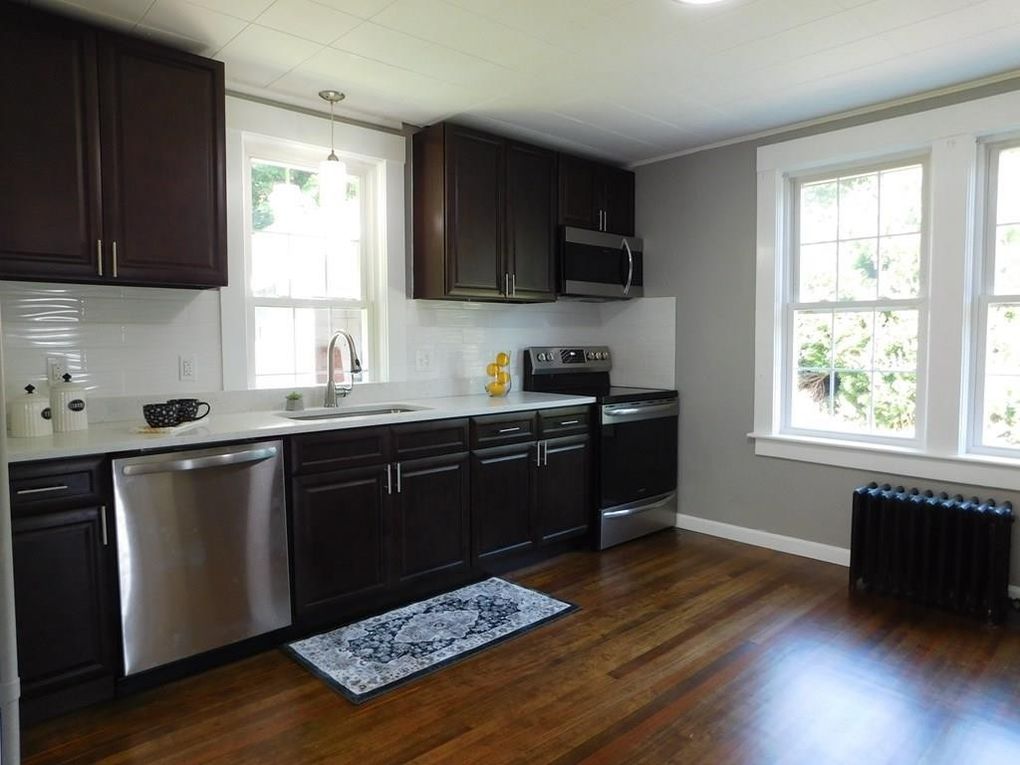M3 Innovations, Inc.
Asset Class Definition
Single Family Residential
First time home buyer
Move up home buyer
Luxury
Condominium
Multi Family Property
- What kind of renovation?
- What are your exit strategies?
- Financing strategies
A, B & C towns: What are the differences? How do they affect my decision making?
This will be our main topic today, BUT before we jump into that we can go over our current projects.
44 Blanchard St. Gardner, MA 01440


Purchase price: $125,000 Wholesale Fee: $15,000
Under Agreement For: $260,000
Renovations: $55,770.40
Projected Profit: $46,354.09
Total Time: 95 days (6/15 - 9/20/2020)
Purchase Price to ARV: 53%
‘All In' to ARV: 75.29%
Town Rating: ‘C’ town
Target Buyer: First time homebuyer or someone downsizing
How did we find it? Introduced to us by a flipper in Boston
How did we finance it? Cash. Pandemic complicated our financing with our standard lender, we loved the project and wanted to complete it quickly so we decided to purchase the property in cash. This also meant that we had to pay for the repairs in cash.
Issues Along the Way: We lost our painter. He did a great job with the exterior and did the big items inside the house (ceiling & walls) but we ended up stepping in and completing some of the hallways and bathrooms.
Rules:
- Know your numbers. Before the project & during the project MAKE SURE YOUR COMPS ARE ACTUAL COMPS & TRACK YOUR NUMBERS ALL THE WAY THROUGH YOUR PROJECT
- Buy at or below 65% of ARV THIS WILL GIVE YOU ENOUGH ROOM TO RENOVATE WITHOUT USING UP ALL OF YOUR EQUITY
- Be ‘all in' for less than 75% of ARV IF YOU FAIL TO SELL THE PROPERTY, YOU WILL HAVE ENOUGH EQUITY TO REFINANCE & RENT OUT THE PROPERTY TO MITIGATE YOUR LOSSES


356 Chestnut St. Gardner, MA 01440
Purchase price: $60,000 Short Sale Fee: $5,000 Water/Taxes: $4,100
Appraised After Renovation Value: $320,000
Renovations: $123,000
Projected Cash Out: $40,000
Projected Total Time: 90 days (8/31/2020 - 11/30/2020)
Purchase Price to ARV: 18%
‘All In' to ARV: 63.46%
Town Rating: ‘C’ town
Target Buyer: We will cash out refinance & rent the property out
How did we find it? Cold calling, Seller had previously failed to complete a short sale; we made him an offer and connected him with a Broker that successfully negotiated the transaction.
How did we finance it? Hard money. The terms of the hard money loan were abnormal. We were required to put down 25% of the total loan amount because the renovation loan exceeded the purchase price. The lender wanted us to have more ‘skin in the game’ since they had so much exposure. Our rules will come in big with this project, since the renovation is so extensive it is highly unlikely that the lender would have lent the money IF we had paid significantly more for the property. The low purchase price gives them plenty of protection if we were to default.
Issues Along the Way: The $123,000 renovation budget is actually not enough… In this case we will have to do the clean out, a lot of the demolition and painting. Our goal is to complete a cash out refinance in March of 2021, as long as we stay within the $123,000 budget we will be able to refinance the property, pay off the hard money loan & take $40,000 for ourselves. This will leave a $240,000 mortgage on the property, which will give us a roughly $1,800/month mortgage payment and we expect to get about $3,000/month in rents from the three units.



Why is it important to define your asset class when you are investing?
Asset class refers to the type of property you are looking to buy, specifically, single family, multi family, condominium or commercial; we are NOT commercial specialists, so we will not cover commercial real estate during the course of our seminars. The type of property you buy will set the table for what you will need to do to get money out of it.
Single family property is the most common type of property for flippers and real estate investors. We fit single family properties into three categories:
Typical End Buyer Financing Standard Buyer Needs
First time buyer FHA/USDA/VA/Conventional 2 - 3 beds, 1.5 baths 1,100 – 1,700 sq ft
Move up buyer Conventional 3 – 4 beds, 1.5 – 2.5 baths, 1,700 to 2,400 sq ft
Luxury Conventional 4+ beds, 2.5+ baths, 2,400 + sq feet
First time home buyer, this will be your largest pool of buyers. These buyers are normally using low money down programs and are buying a home in order to accommodate the needs of their family. Low money down programs like FHA, USDA and VA are regulated by the federal government and as a result have high requirements for the property's condition. IF you need specifics on these programs, talk to Dennis Ouellette. It is critical that you understand the construction standards that you need to meet for your likely end buyer to get their financing.
Things to look out for: windows, chipping paint, railings, steps, landings etc. The overall condition of the property at time of resale has to be ‘Fair’ or better. Properties with just one bathroom are tough to sell. The property should have a bathroom on each level, otherwise it will be tough to sell.
Financing for Purchase: very straightforward, since there are a lot of comparable sales; single family properties are the simplest to finance because they are low risk for lenders (lots of comps & lots of buyers).
Exit strategies: Flip or rental. Single family properties are not great rentals from a cash flow standpoint (normal margin on a single-family property is between $150 - $200 per month), but you typically find better tenants.
What kind of renovation: Avoid changing floor plans. The fact that single family properties are in demand makes the purchase market for them competitive, so manage your costs.
Condominium flips are difficult, because the value of the properties are fixed to the other units in the complex.
Standard End Buyers: first time home buyers (those that have not yet started their family, are typical) and empty nesters looking to downsize.
Financing: you will need to know your numbers, condos are tricky to finance for investors since the comps are clear cut (max a lender is likely to lend is 75% of the ARV, including your renovation)
Renovation: look at recently sold units and do your best to meet those standards.
Exit Strategy: Flip or rent. Condos make excellent rentals (maintenance is factored into the HOA in most cases) but they are typically low margin (expect to make between $100 & $200/month).
Things to Look Out For: restrictive HOA rules, many HOAs do NOT allow for rentals & have strict rules about things like pets, common area use, parking and exterior spaces (decks, patios).
Multi Family Properties are great projects to build long term, passive income. In many markets they are also great flips
Standard End Buyers: owner occupants looking to build long term passive income by becoming landlords, and rental investors
Financing For Purchase: straight forward
Financing For Resale: financing for Buyers is stringent, Buyers are required to put good money down and to have 6 months’ worth of mortgage payments in reserves; these standards are good for you as a Seller, as you are unlikely to field offers from unqualified Buyers
Renovation: If you expect to keep the property as a rental yourself, you should focus on making sure the roof, the electrical, the heating and plumbing are in great shape. Do not focus on cosmetics such as granite countertops, whether you sell the property or keep it yourself as a rental what matters most is the functionality of the units.
A, B & C towns: What are the differences? How do they affect my decision making?
A towns: Are typically suburban and command high price per square foot prices. These towns normally have lots of single family homes and few multi family properties. These towns are desirable because they normally have highly rated public school systems. These towns do not normally have easy access to public transportation.
B Towns: Are typically a mix of suburban with more urban areas, these towns have a higher mix of single family and multi family properties. These towns have broad appeal because they are cheaper than A towns, and have strong public school systems in the suburban pockets. B towns have a bit more public transportation.
C Towns: These are normally urban areas with lots of multi family housing and apartment buildings. C towns are typically classified as C because of the perceived quality of the public school systems and public works.
A town’s perceived rating does not have an impact on our decision making; we make purchase decisions based on our determination of the target property’s profit potential.
Examples of A/B/C Towns:
A B C
Shrewbury Holden Gardner
Northborough Auburn Fitchburg
Westborough Westminster Millbury
West Boylston Lunenburg Southbridge
Southborough Billerica Spencer
Princeton Somerville Lowell
Harvard Medford Malden
Cambridge Woburn
Concord Framingham
Newton Chelmsford
Bedford Groton
Burlington Melrose
Winchester Arlington
Lexington Tewksbury









